An itchy bra can take away your comfort and confidence in seconds. What’s supposed to be supportive suddenly becomes something you can’t wait to take off. But that irritation isn’t random—there are a few common reasons behind it, and thankfully, most are easy to fix.
1. Friction and Moisture
The biggest culprit behind bra itch is usually simple: rubbing and sweat. When straps, bands, or seams repeatedly move against your skin, especially in warm or humid weather, that friction can irritate delicate areas. Add a bit of moisture trapped under the bust, and you’ve got the perfect environment for skin inflammation or even yeast buildup.
Choosing a bra that fits smoothly —without digging, gaping, or slipping—helps reduce this constant rubbing. Breathable fabrics and seamless designs can also make a world of difference in keeping your skin calm and dry.

2. Fabric Sensitivity and Laundry Irritants
Sometimes, the problem lies not in how the bra fits, but in what it’s made of—or how it’s washed.
Certain dyes, elastic fibers, or metal hardware can trigger contact reactions, especially for those with sensitive skin. Even detergents and fabric softeners that leave behind residue can cause itching or redness.
If you’ve noticed irritation after washing your bras, try switching to a fragrance-free, hypoallergenic detergent and skip the softener. It’s a small change that often brings big relief.

3. Skin Conditions That Flare Up
People with eczema, hives, or pressure-sensitive skin may find bras particularly uncomfortable during flare-ups. Tight bands and poor ventilation can worsen these conditions by trapping heat and sweat close to the skin.
In these cases, comfort bras—especially wire-free and seamless styles —can help minimize irritation and allow the skin to breathe.

4. Finding Relief That Lasts
The good news? Most itchiness has a clear cause, and once you identify it, comfort is within reach. Start with a well-fitting bra that eliminates friction points. Look for smooth, tag-free designs with soft, breathable fabrics. And don’t underestimate the power of a gentle wash routine—clean, residue-free fabric is happier on your skin. When your bra moves with you instead of against you, your whole day feels lighter and more comfortable.
Related Questions
Average Bra Size for Your Age?
How Often Should You Change Your Bra?
How to Make a Sticky Bra Sticky Again?
How Often Should You Wash Your Bra?
What Color Bra to Wear Under White Shirt?
Why Do My Boobs Hurt During Ovulation?
What Bra to Wear with Backless Dresses and Tops?
Why Have My Boobs Gotten Smaller?
Why Do Sports Bras Feel Tight?
Is It Better to Wear a Bra All the Time?
How Can I Make My Bras Last Longer?
Can You Breastfeed with a Boob Job?


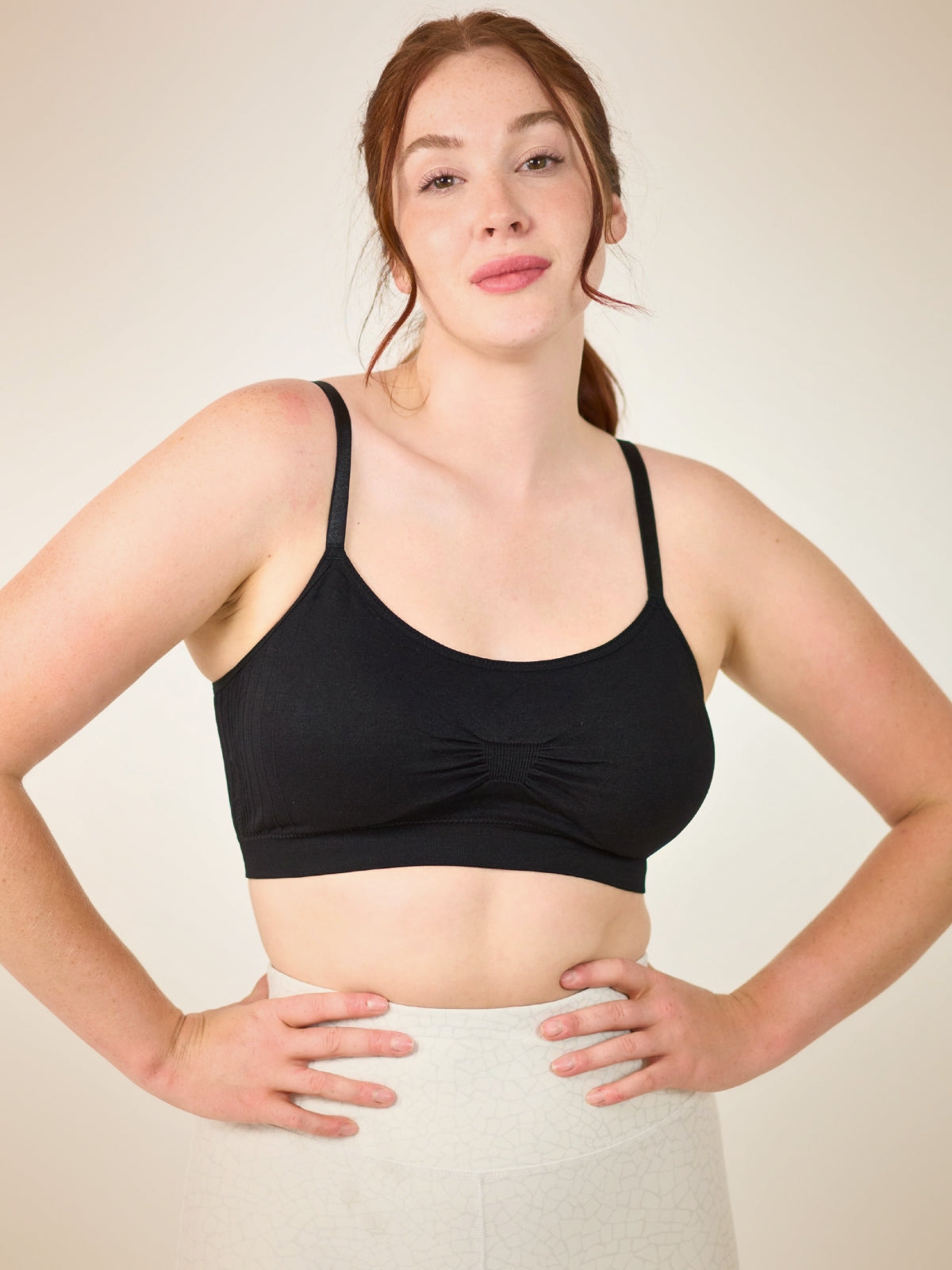
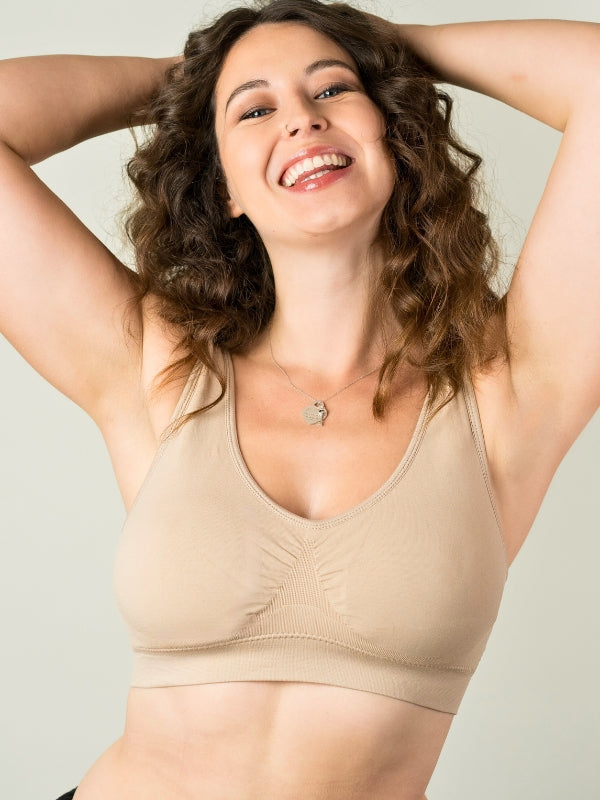
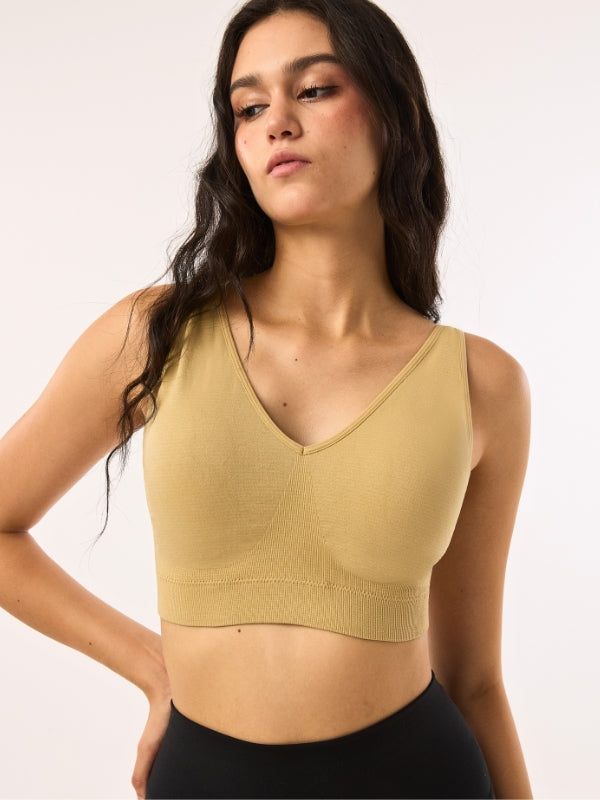


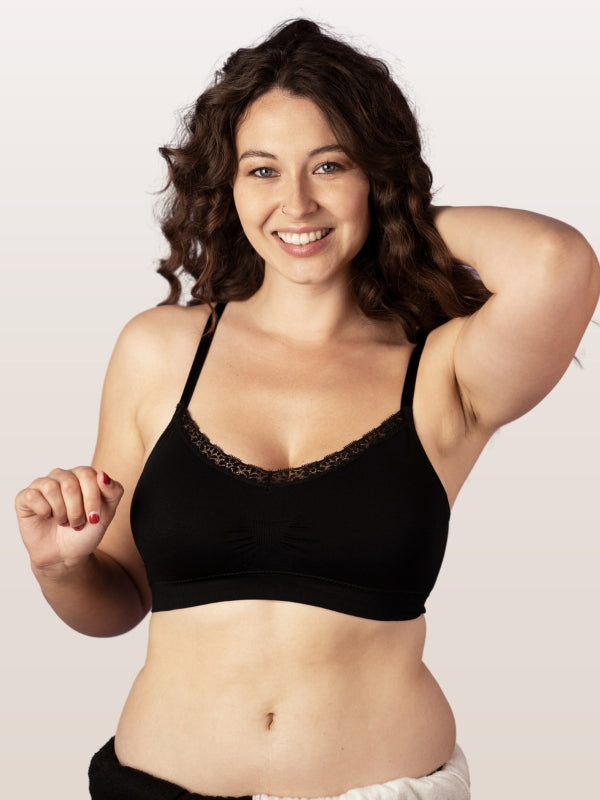

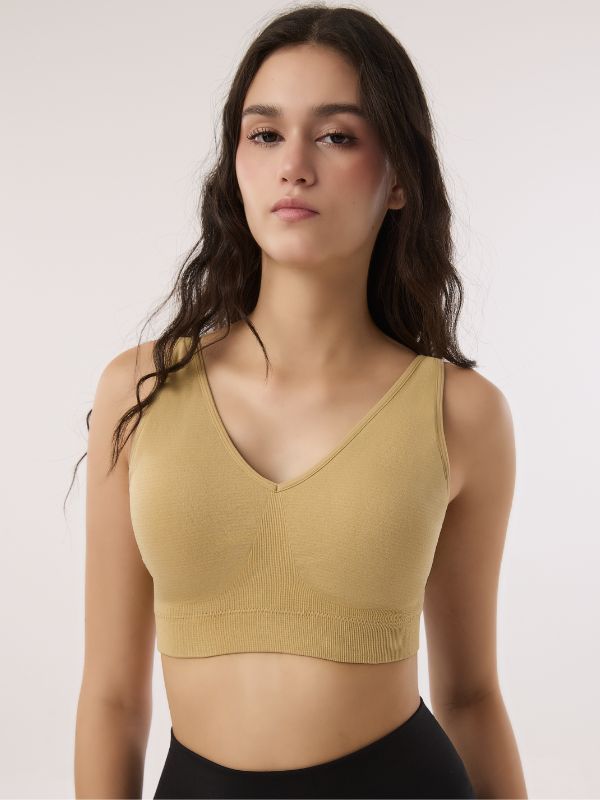
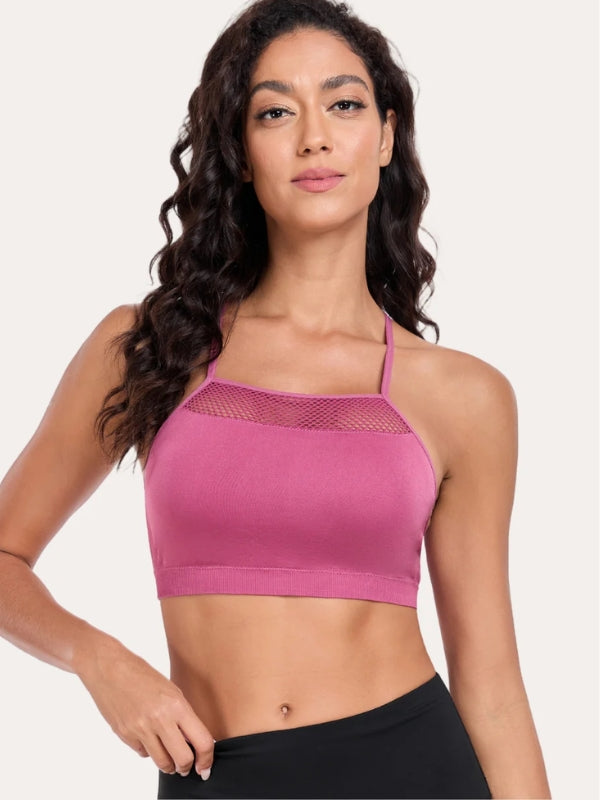
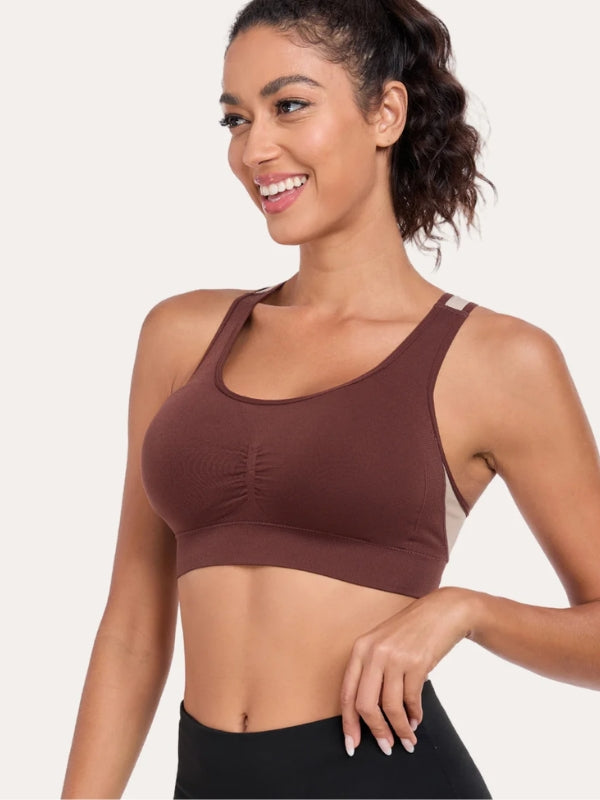

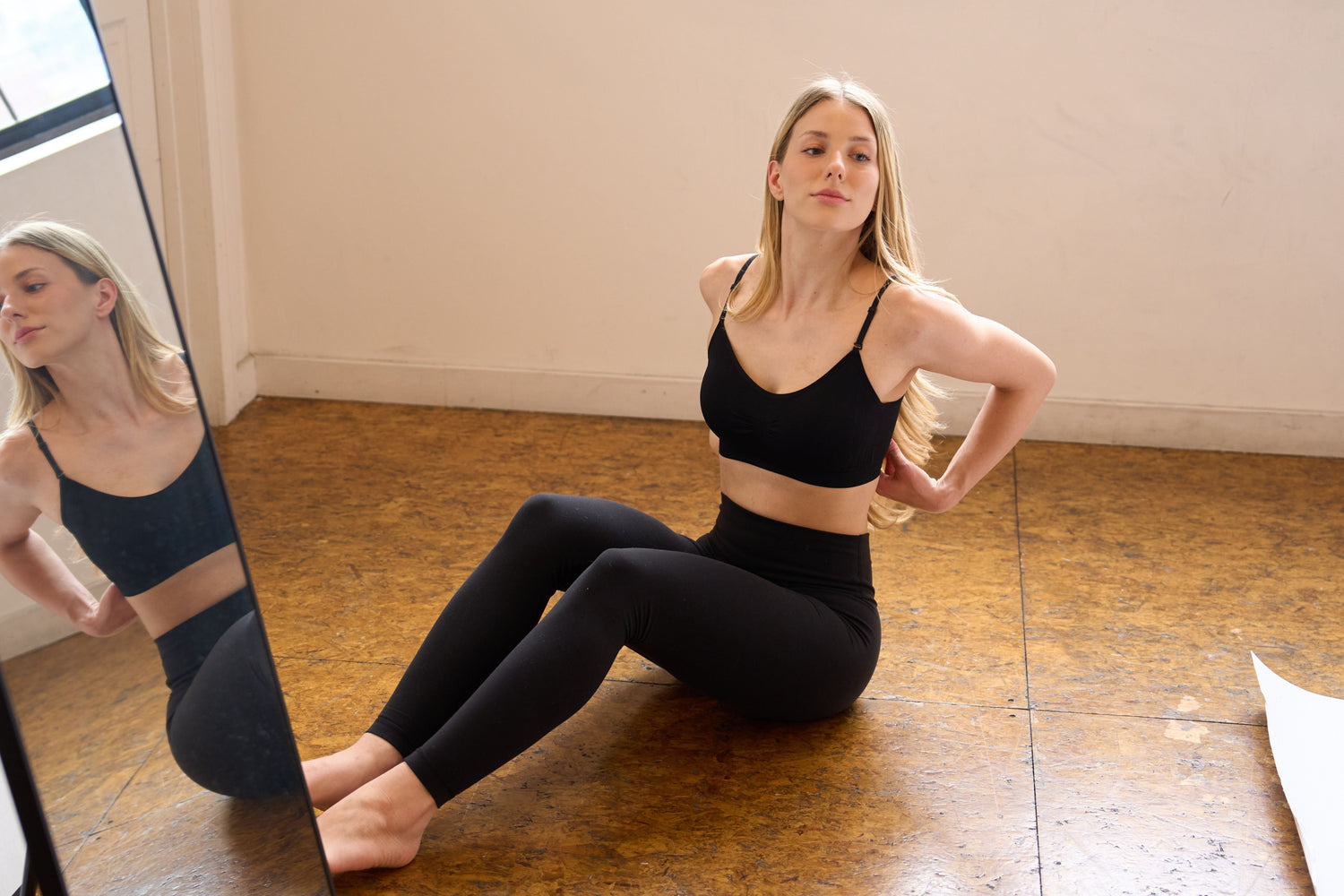
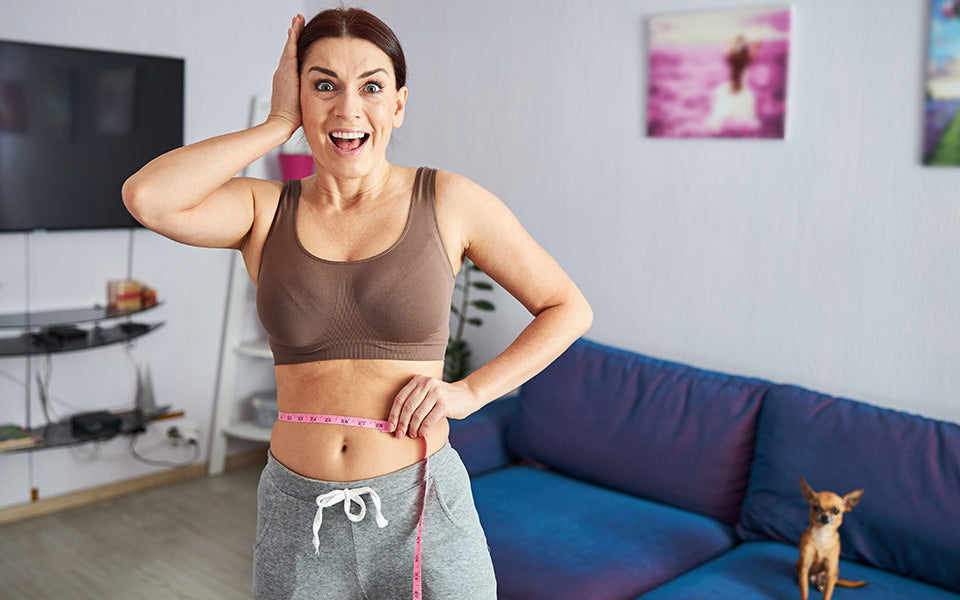

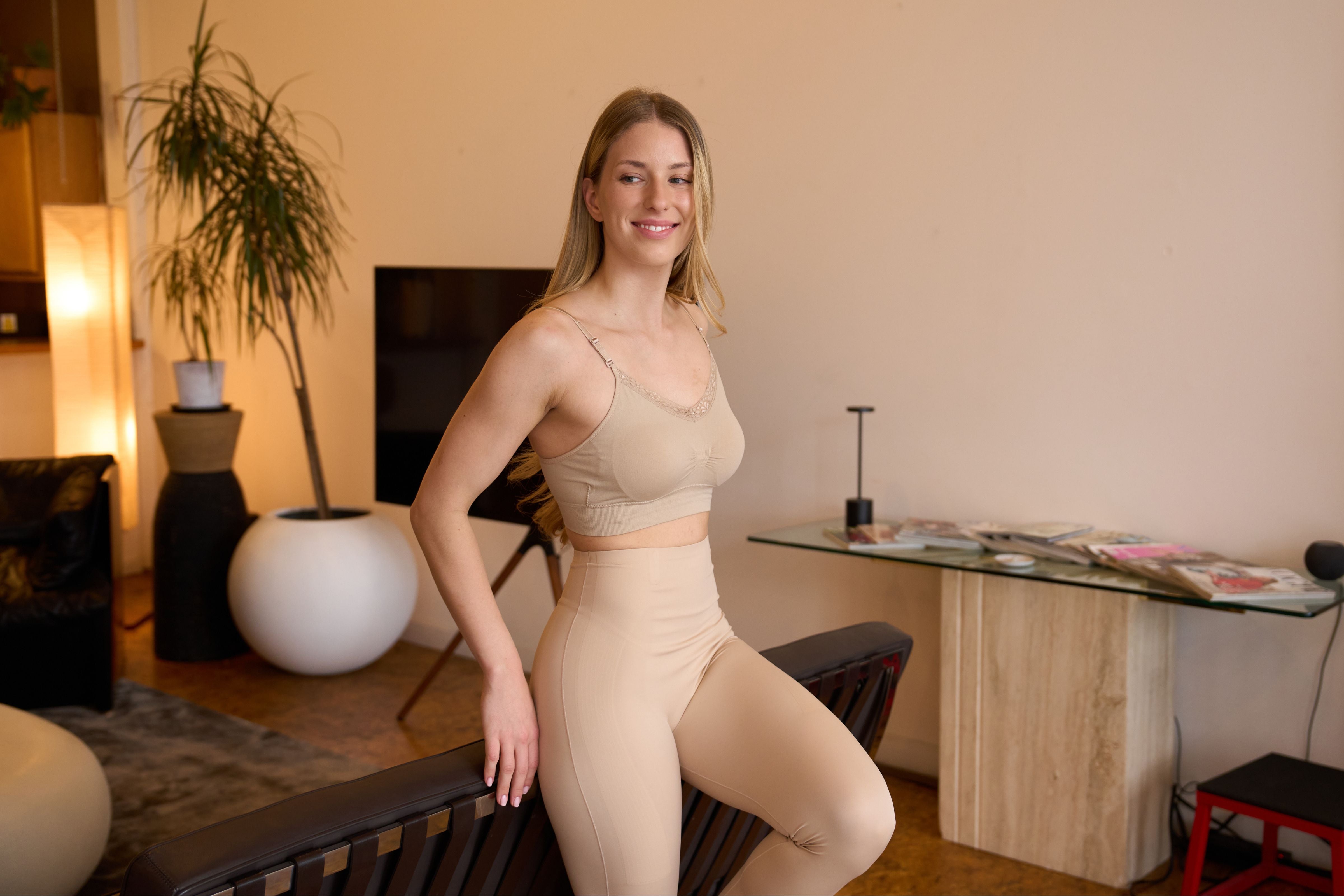

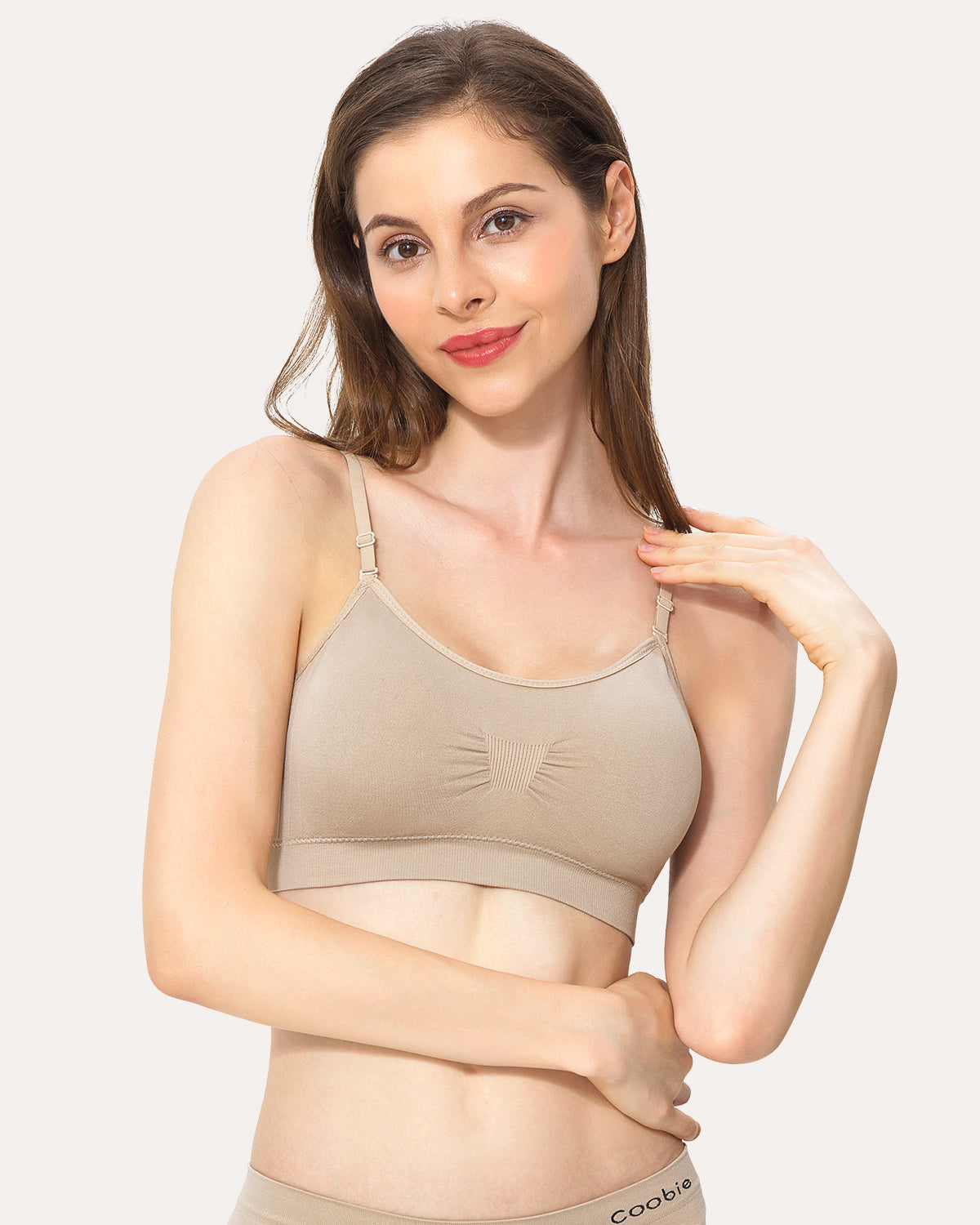
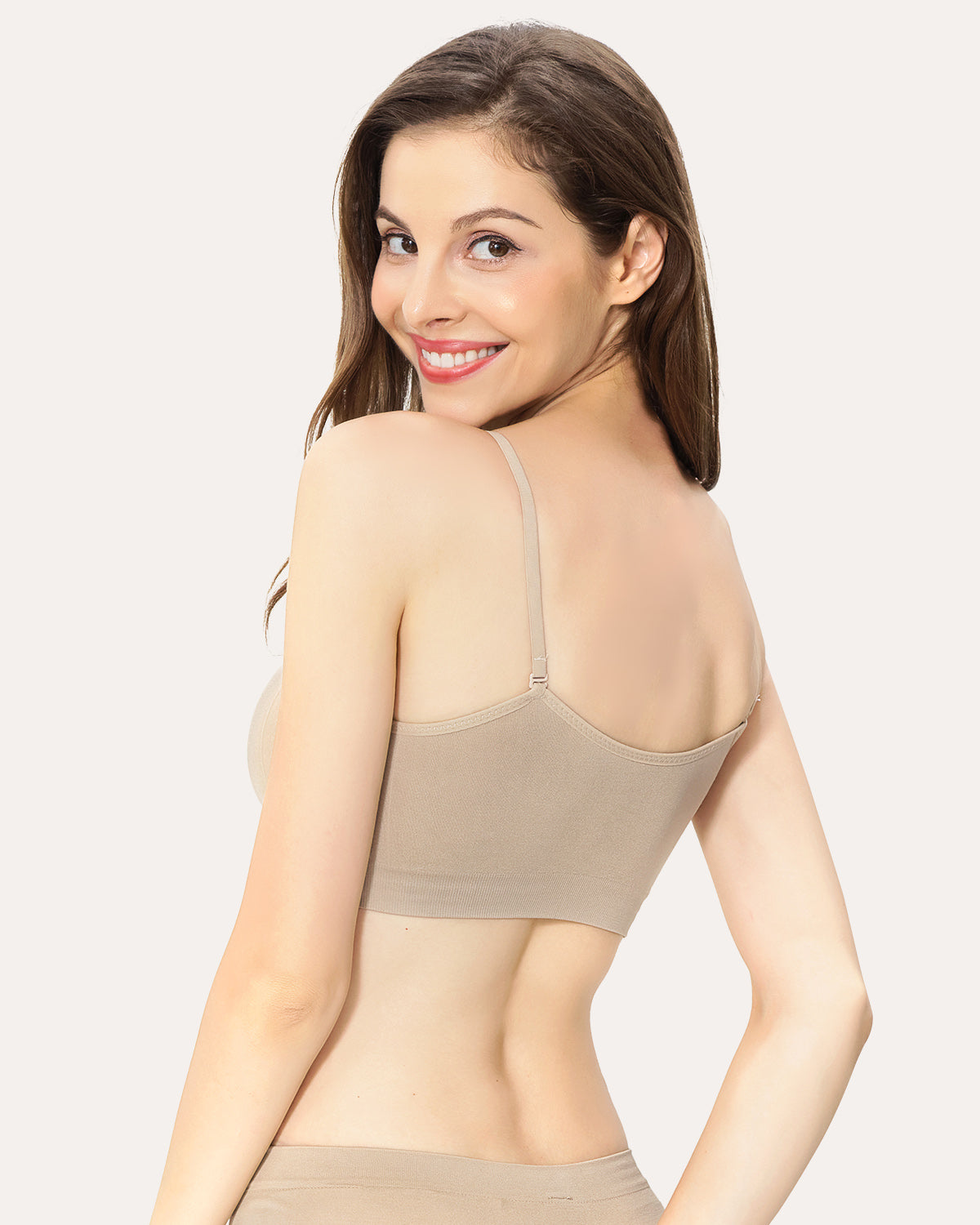
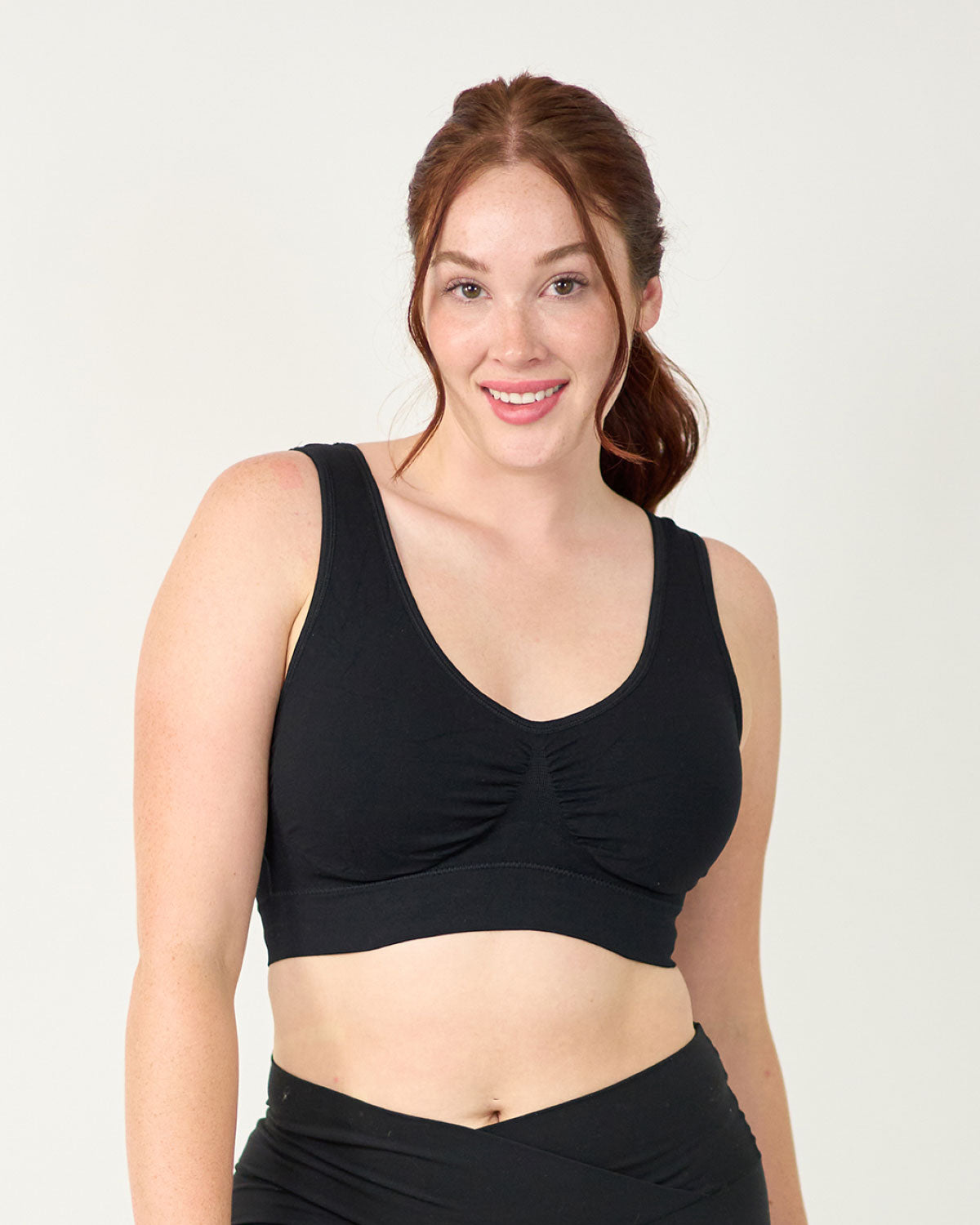
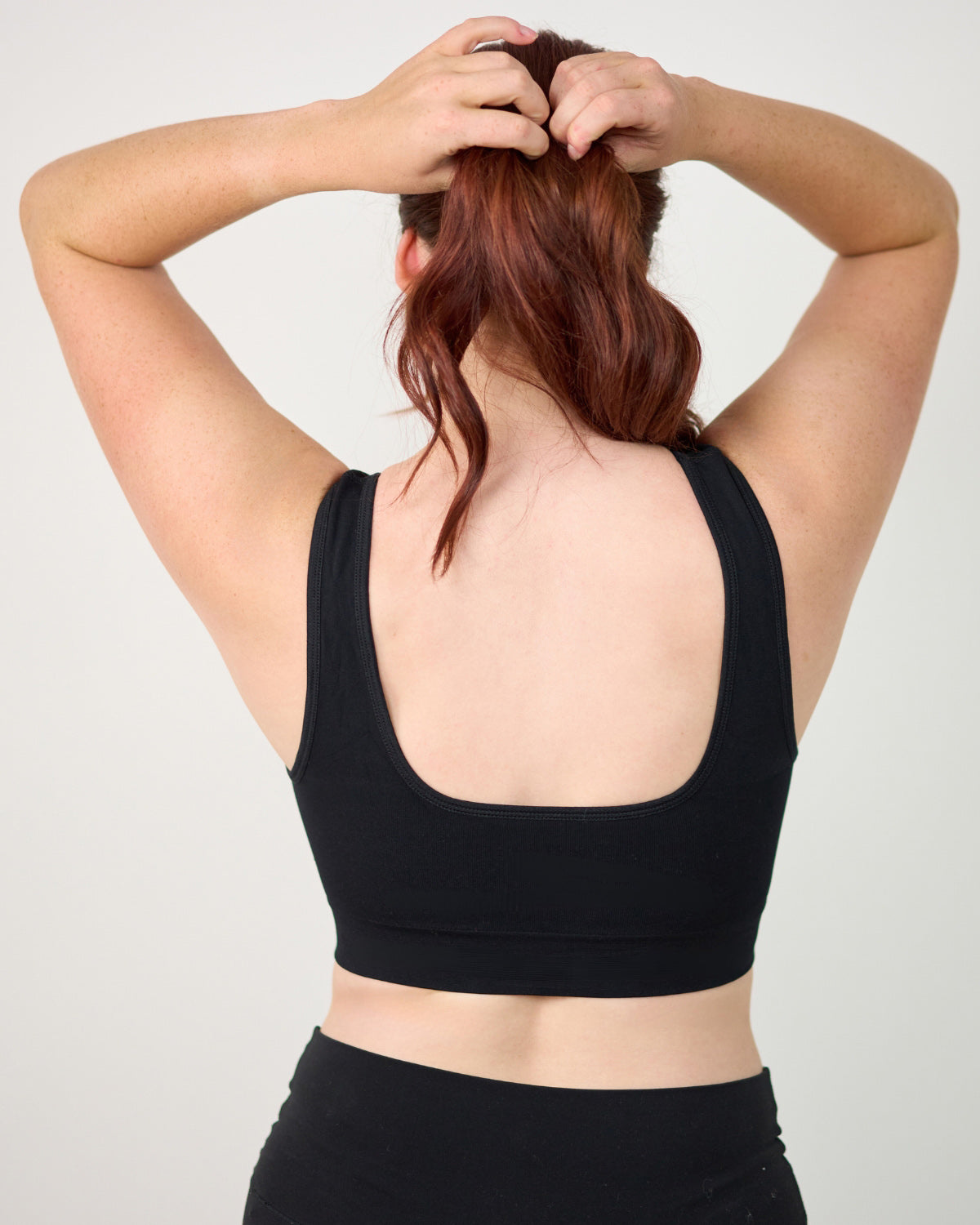
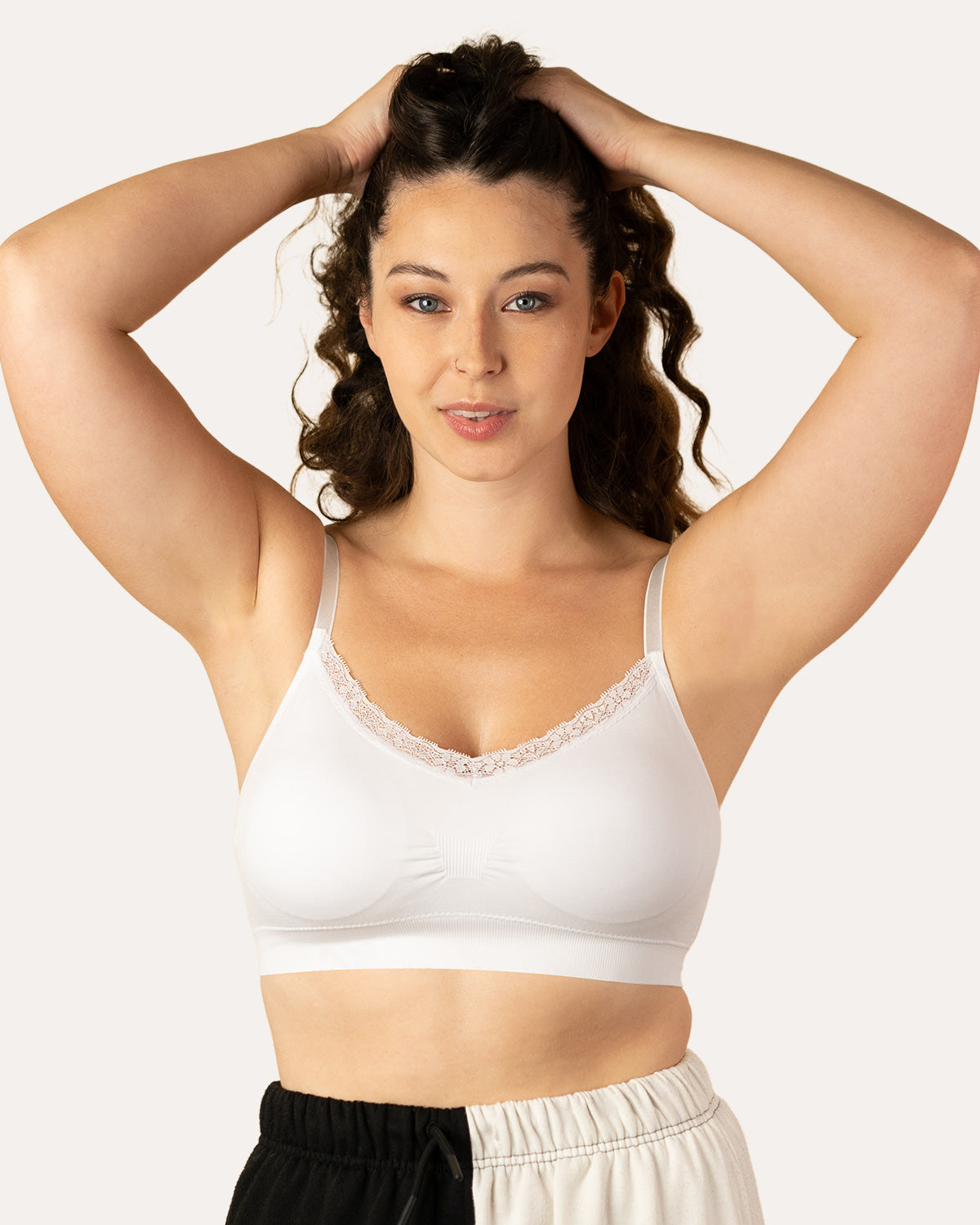

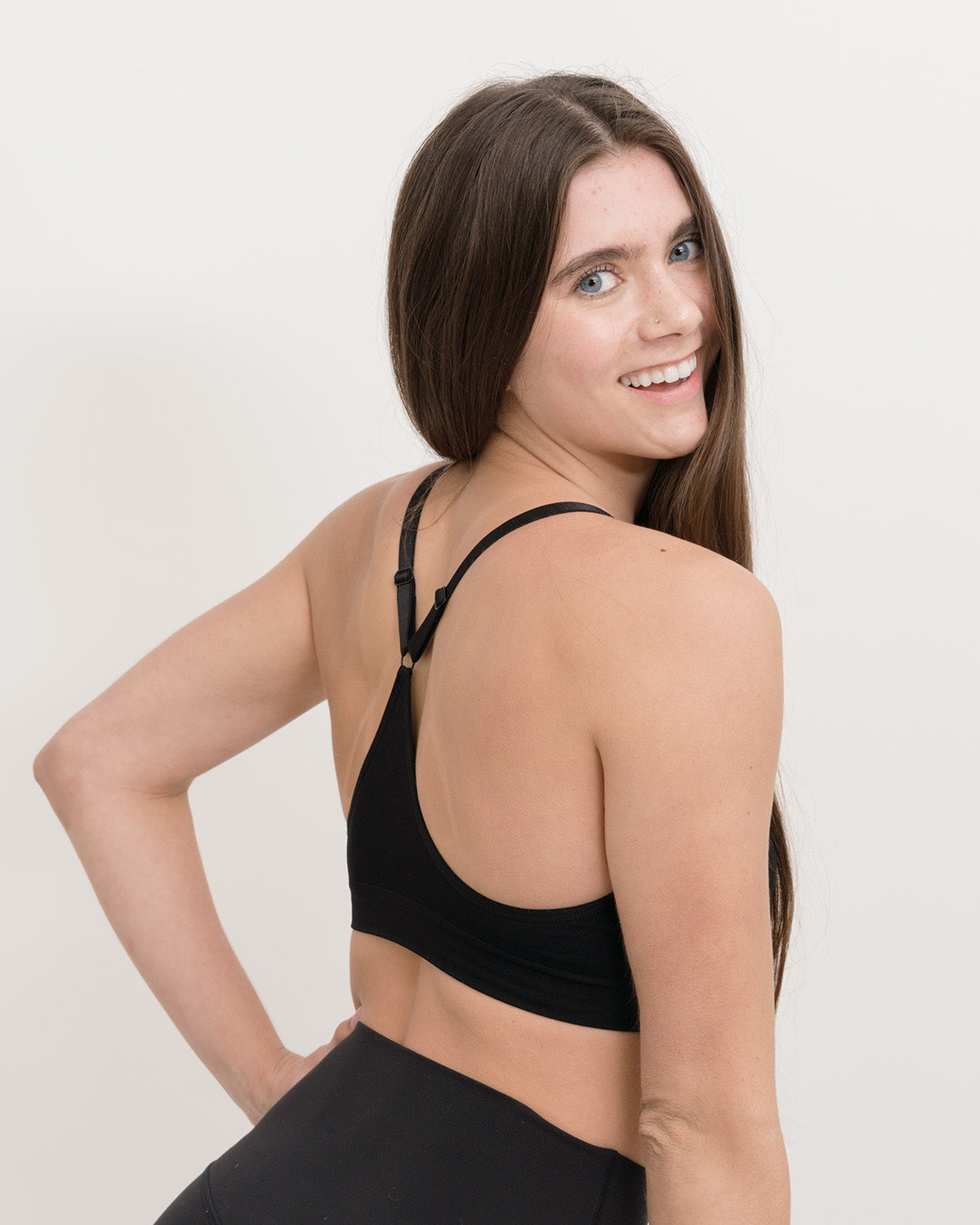
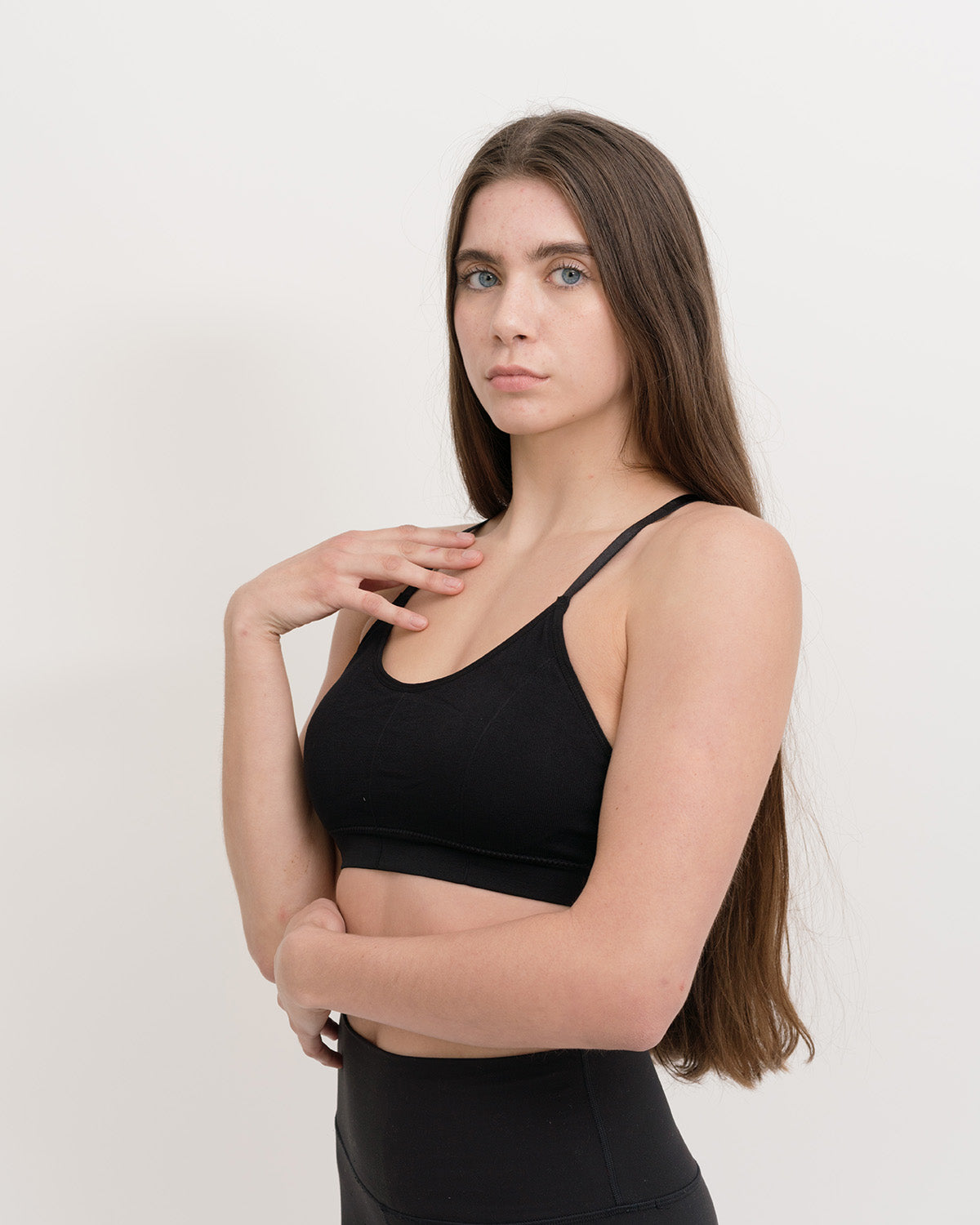
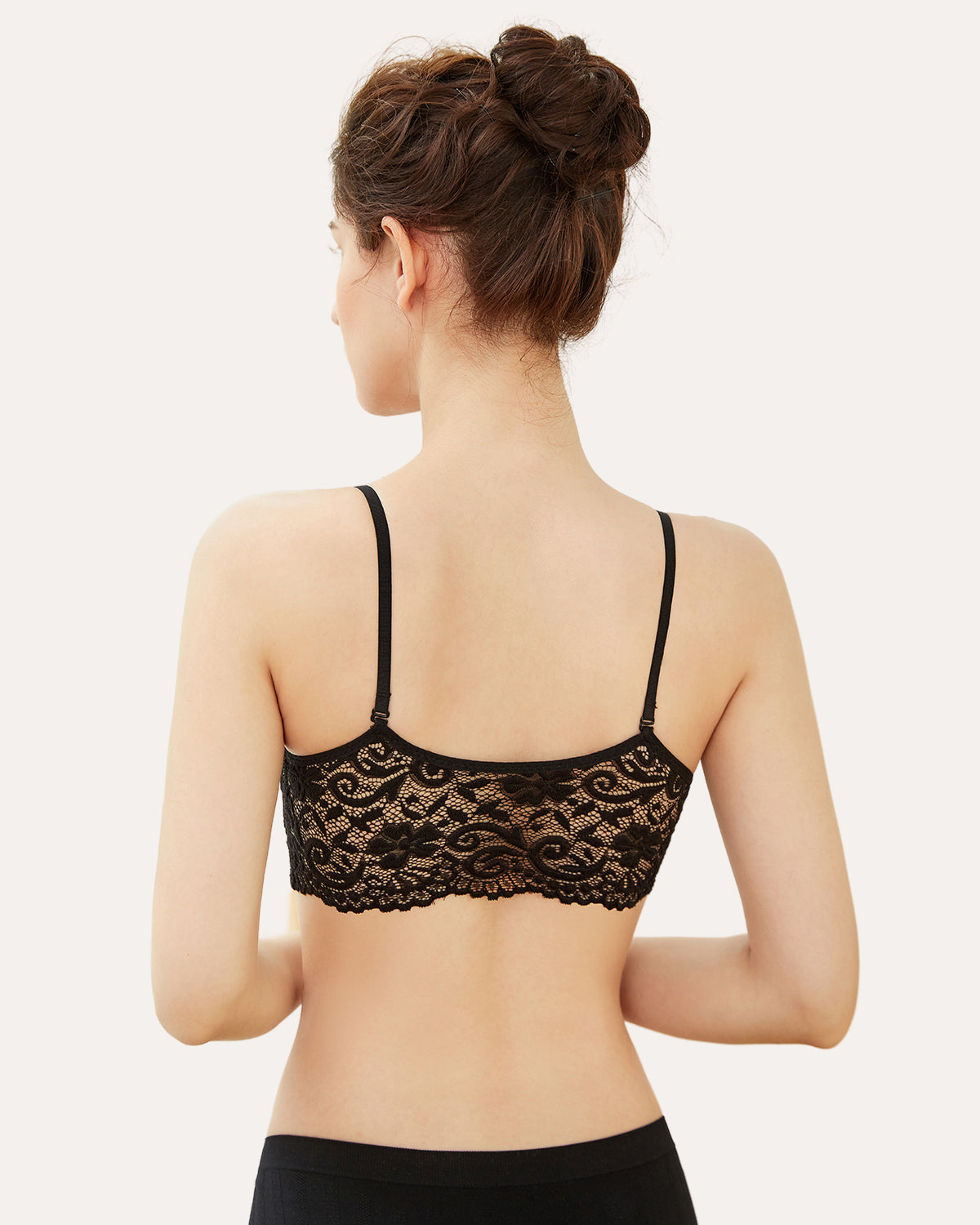
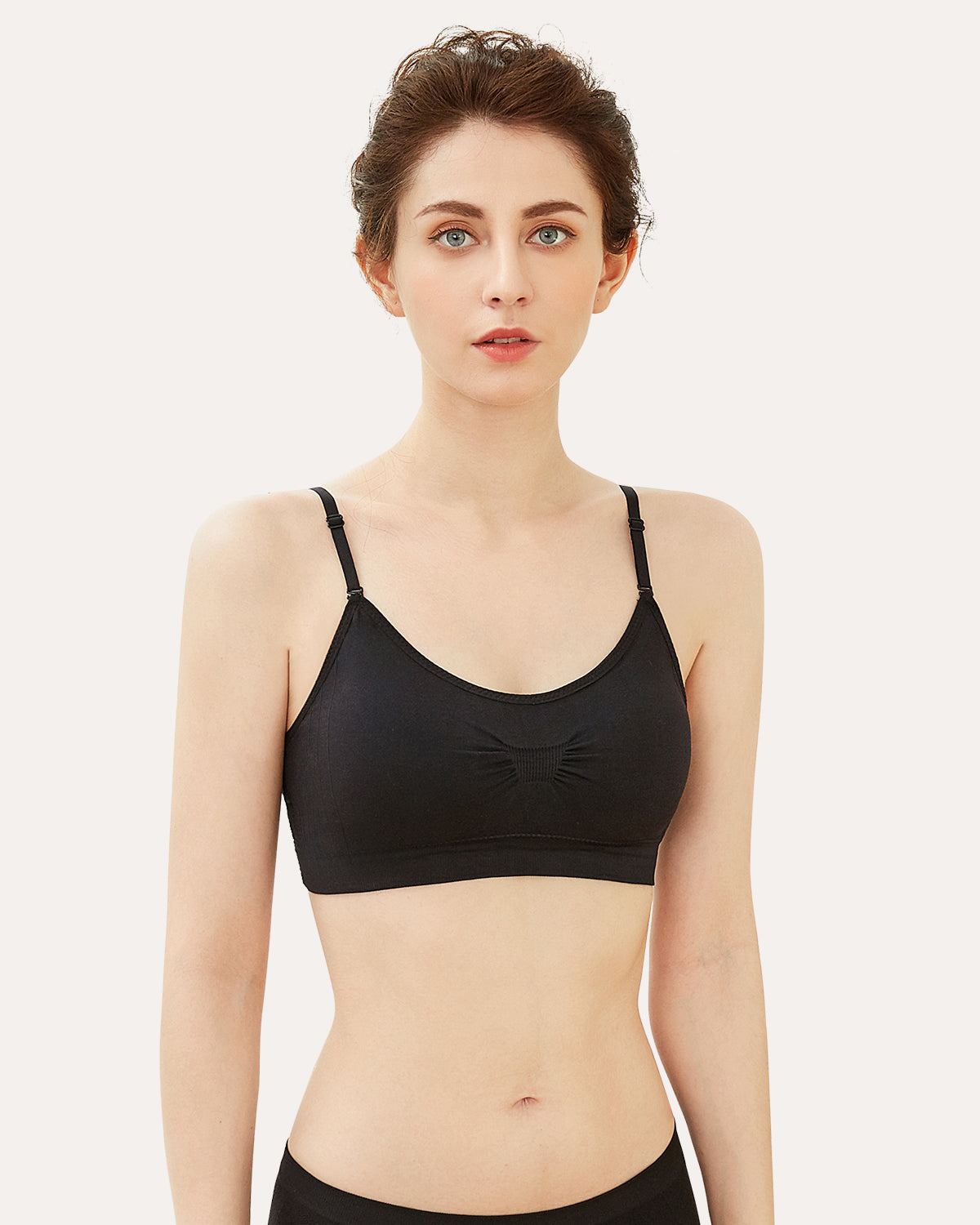
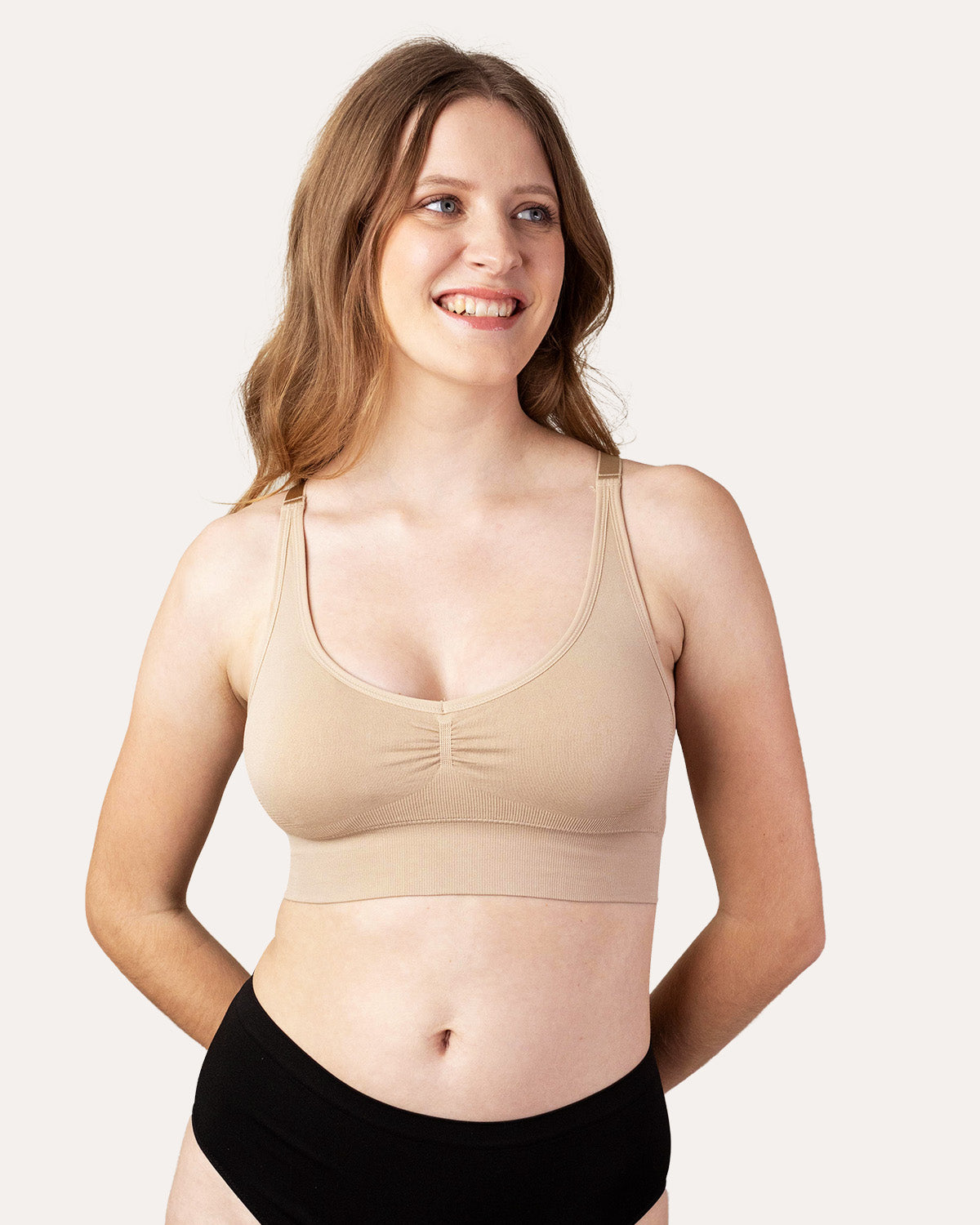

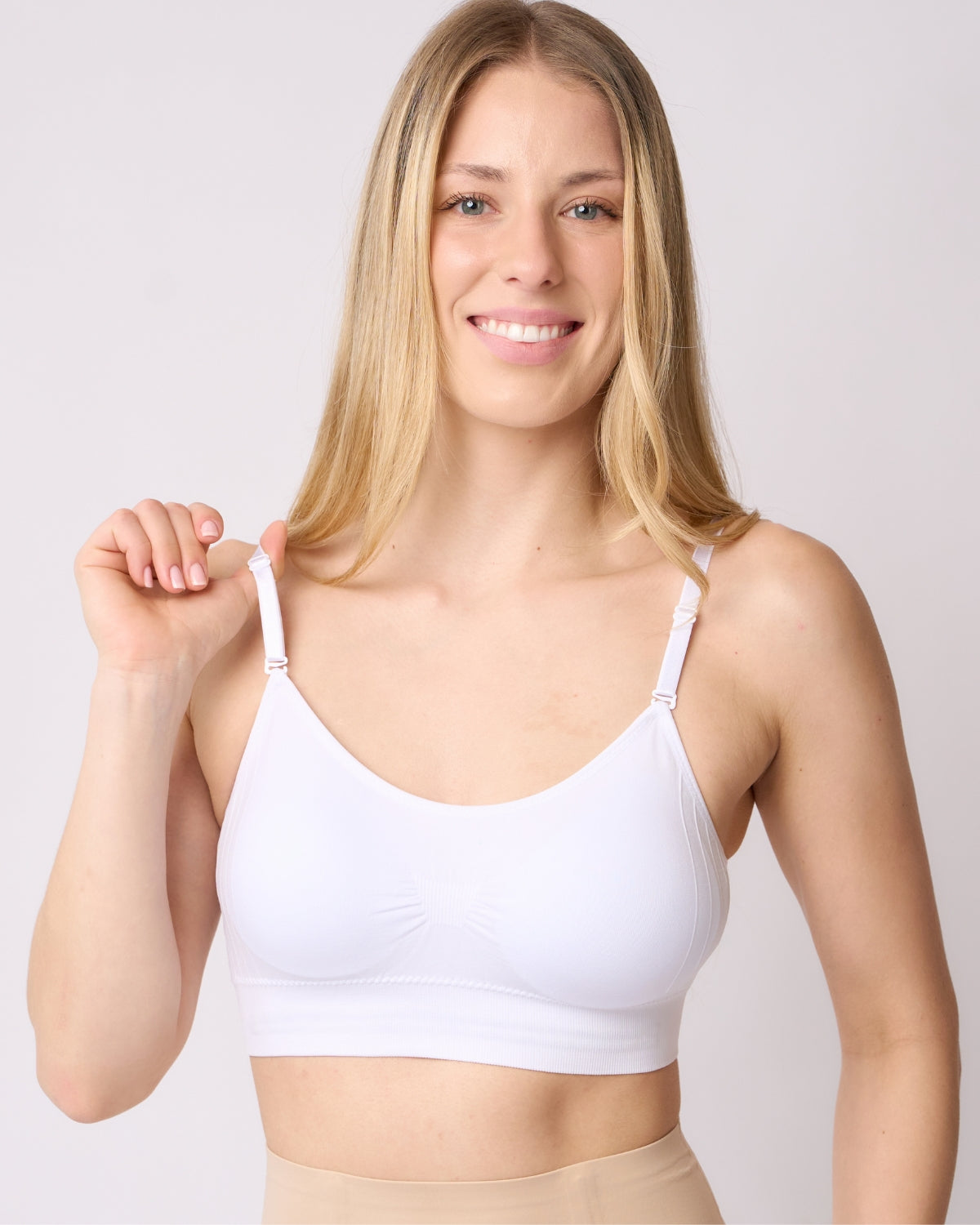
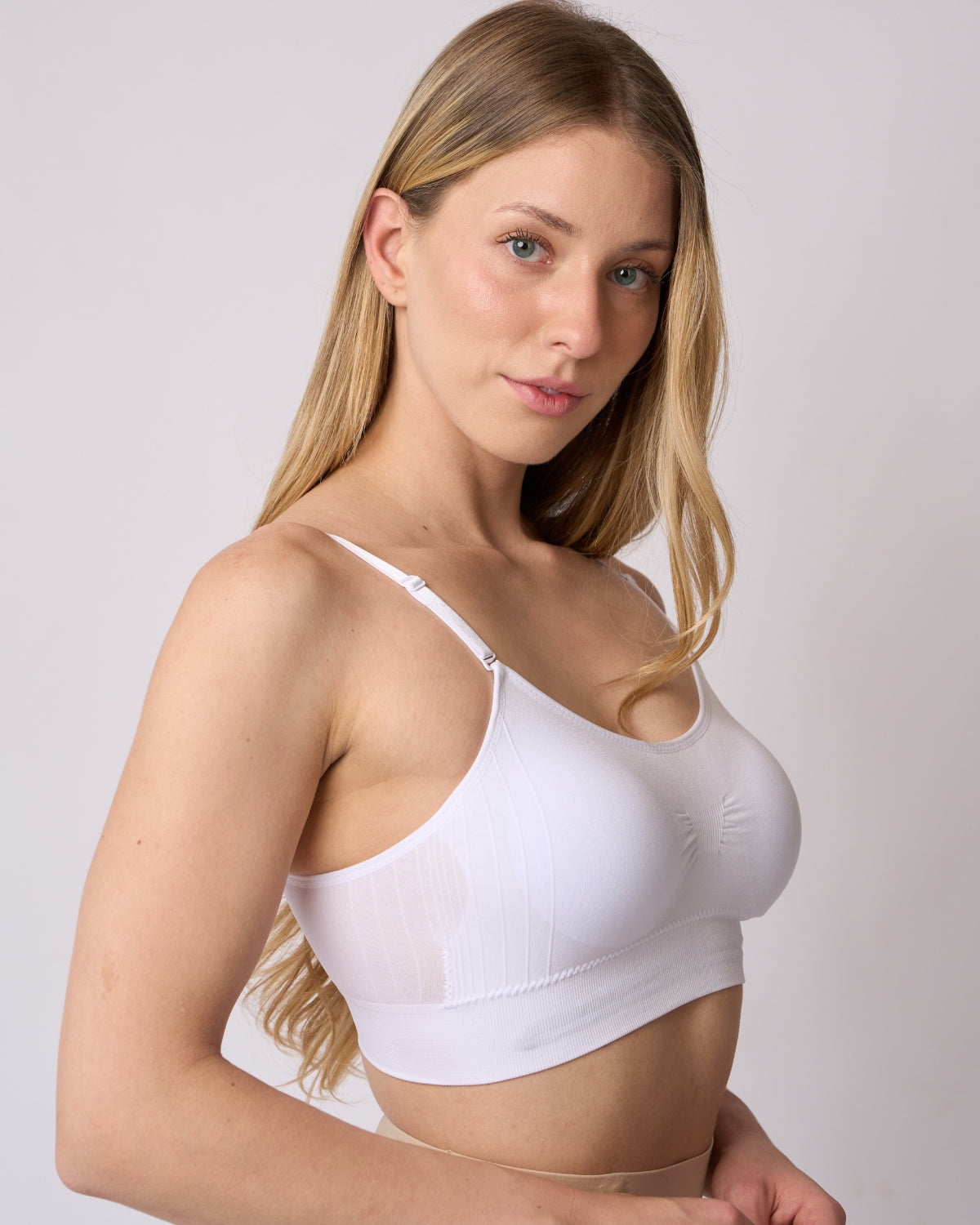
Leave a comment
This site is protected by hCaptcha and the hCaptcha Privacy Policy and Terms of Service apply.